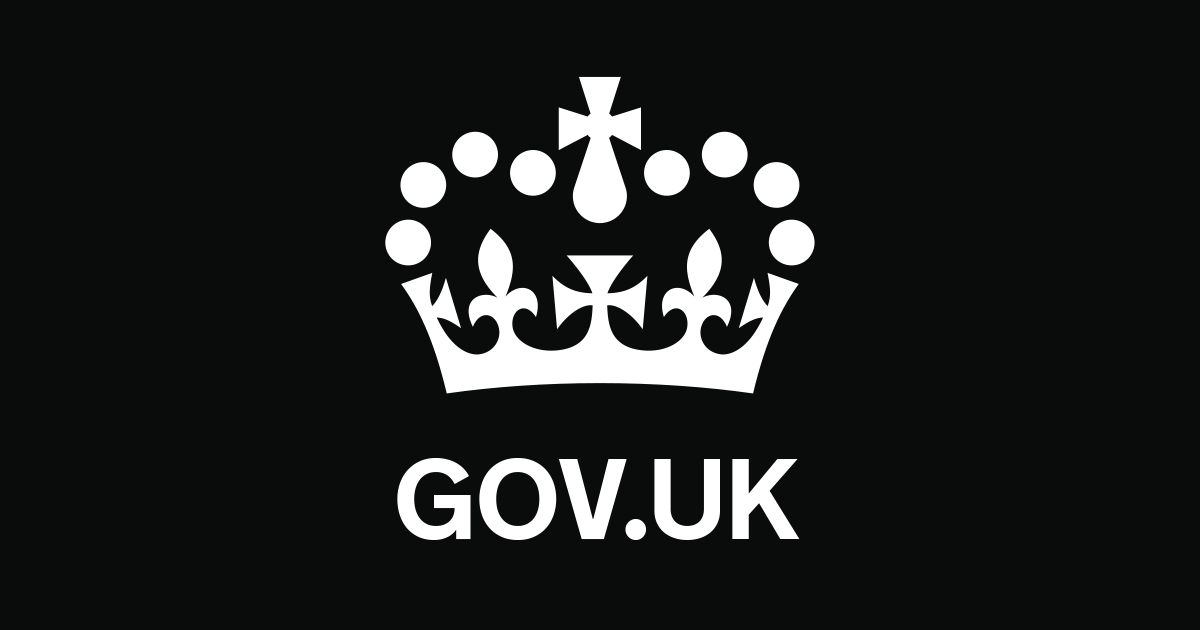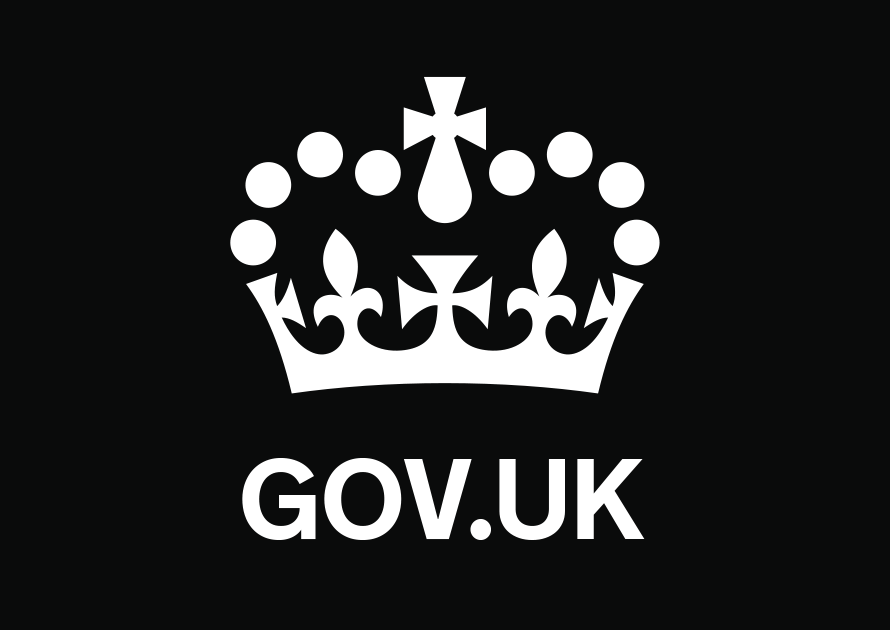Report fraud
If you want to report someone else for fraud you can tell HMRC. Your information will be handled securely and safely and you do not have to give your name.
Owning up to fraud
This guide explains what happens and what you must do if HMRC suspect you of committing tax fraud and we offer you a contract though the Contractual Disclosure Facility (CDF).
It also explains what to do if you want to own up voluntarily to committing fraud.
The Contractual Disclosure Facility is only suitable for people who want to admit to tax fraud. It is not for people who want to tell HMRC about errors, mistakes or avoidance schemes where there is not fraud.
The Contractual Disclosure Facility covers the broad range of taxes, duties and levies administered by HMRC. If the tax fraud involves companies or other entities, we can offer Contractual Disclosure Facility to the responsible individuals.
About the Contractual Disclosure Facility
The Contractual Disclosure Facility is the opportunity for you to tell HMRC about any tax fraud you have been involved in.
If HMRC write to you because you’re suspected of committing a tax fraud, the letter will offer you a CDF contract and will include:
Under the Contractual Disclosure Facility, you have 2 options:
- own up to bringing about a loss of tax through your deliberate conduct — you do this by accepting the offer of the Contractual Disclosure Facility
- reject the offer of the Contractual Disclosure Facility
What happens if you own up to committing fraud
If your deliberate conduct has brought about a loss of tax, you must think about whether using the Contractual Disclosure Facility is right for you.
If you decide it’s right, sign up to the CDF contract with HMRC. This means that both you and HMRC agree to stick to the terms and conditions of the contract.
HMRC will agree not to criminally investigate with a view to prosecuting you for the deliberate conduct you tell them about in the CDF contract.
You will:
- admit that your deliberate conduct has brought about a loss of tax
- tell HMRC about all the tax losses brought about by your deliberate conduct
- give as much detail as you can within 60 days of being offered the contract
- give additional details, in the form of a report, following the 60 day period — include a statement that you have given HMRC complete and accurate details of your deliberate conduct
Accepting HMRC’s offer of the Contractual Disclosure Facility is the only way to guarantee that HMRC will not criminally investigate with a view to prosecuting you for the tax losses your deliberate conduct brought about.
If you meet your side of the contract, you’ll make sure that any penalties are closer to the lower penalty levels.
Timescales
You have 60 days to decide whether you want to accept HMRC’s offer of the Contractual Disclosure Facility. The 60 day period will run for 60 calendar days after you get the Contractual Disclosure Facility letter from HMRC.
This deadline can only be extended in exceptional circumstances. If you think this applies to you, contact HMRC by email at centre.cop9@hmrc.gov.uk with your circumstances and you’ll get a response within 7 days.
During the 60 day period, HMRC will not contact you unless you have told them you either do or do not want to provide details of tax fraud.
HMRC can still:
- take action against goods you own or possess
- start or continue debt collection
- continue any other action that’s needed as part of HMRC’s legal obligations
What happens if you reject the offer of the Contractual Disclosure Facility
If you reject the offer of the Contractual Disclosure Facility, HMRC may begin a criminal investigation into your tax affairs at any time. The letter you have signed can be used in court as evidence to show that you intended to deliberately mislead HMRC.
Following your rejection, someone in HMRC will contact you to explain what will happen next and what you need to do.
What happens if you do not reply to HMRC’s letter
If HMRC do not hear from you within the 60 days, either to accept or reject the offer of the Contractual Disclosure Facility, they’ll assume you have chosen not to co-operate. HMRC will begin either a civil or a criminal investigation into the suspected tax fraud.
Owning up to tax fraud voluntarily
If you have committed tax fraud and you want to own up to this, let HMRC know.
By filling in the contractual disclosure form CDF1 you can ask HMRC to consider you for a CDF contract. You do not have to wait for HMRC to contact you.
HMRC do not have to offer you a contract, and will not be able to if you’re already involved in a criminal investigation by HMRC or another law enforcement agency (such as the police).
If you’re already dealing with HMRC on other tax issues but want to be considered for the Contractual Disclosure Facility, discuss this with the HMRC officer dealing with your case.
Appointing an adviser or agent
We strongly advise that you get independent advice before you complete any Contractual Disclosure Facility letter or form, or ask if you can enter into a CDF contract.
If you have previously given us a form 64-8 ‘Authorising your agent’, we’ll deal directly with the agent named on that form unless you tell us not to.
If you would like to appoint a new adviser, complete Tax agents and advisers: temporary authorisation to allow HMRC to deal with your tax adviser (COMP1)and send it to HMRC with your completed Outline Disclosure.
The Contractual Disclosure Facility offer and how it works
The Code of Practice 9 (COP9) explains how the Contractual Disclosure Facility works. It tells you in detail what HMRC will do when it suspects someone of committing tax fraud. It explains what it means for you and what your rights are.
If this does not answer your questions, you can contact HMRC by email at centre.cop9@hmrc.gov.uk. You’ll get a response within 7 days.
The helpdesk will:
- answer technical questions about the Contractual Disclosure Facility
- explain what specific things mean, for example, if you do not understand part of one of the letters HMRC has sent you
The helpdesk cannot:
- answer questions about your own case, or anyone else’s
- give advice about examples or pretend situations (hypothetical questions)
- answer questions about any other area of tax or benefit that is administered by HMRC
You can find more detailed guidance in the Fraud civil investigation manual.
Completing the outline disclosure form
If the completion instructions in part 4 and 4a of the outline disclosure do not answer your question, you can contact HMRC by email at centre.cop9@hmrc.gov.uk. You’ll get a response within 7 days.
Where to send the outline disclosure and acceptance letter
Send your completed outline disclosure and acceptance letter to the address shown on our original letter to you.
If you cannot find this letter then send them to the following address:
HM Revenue and Customs
Fraud Investigation Service
COP9 Centre
S1725
Newcastle
NE98 1ZZ
Making a payment on account
We charge interest on tax and duty that is paid late. We charge it from the date the tax or duty should have been paid to the date that it is paid. To save you paying more interest than necessary, we recommend you pay any amount you think you may owe from the details you include in your outline disclosure.
We call such payments ‘payments on account’. Making a payment on account will stop the interest increasing on the amount of tax and duty you owe.
If payment information and the reference number is not shown in our letter, you can contact HMRC by email at centre.cop9@hmrc.gov.uk for this information. You’ll get a response within 7 days.
HMRC response to your outline disclosure and Contractual Disclosure Facility acceptance letter
HMRC will acknowledge receipt of your outline disclosure and then review the content, which can take some time. We will contact you once the review is complete to let you know whether or not your outline disclosure is accepted.
If you’re concerned about the length of time it is taking to respond, you can contact HMRC by email at centre.cop9@hmrc.gov.uk with your concerns and you’ll get a response within 7 days.



